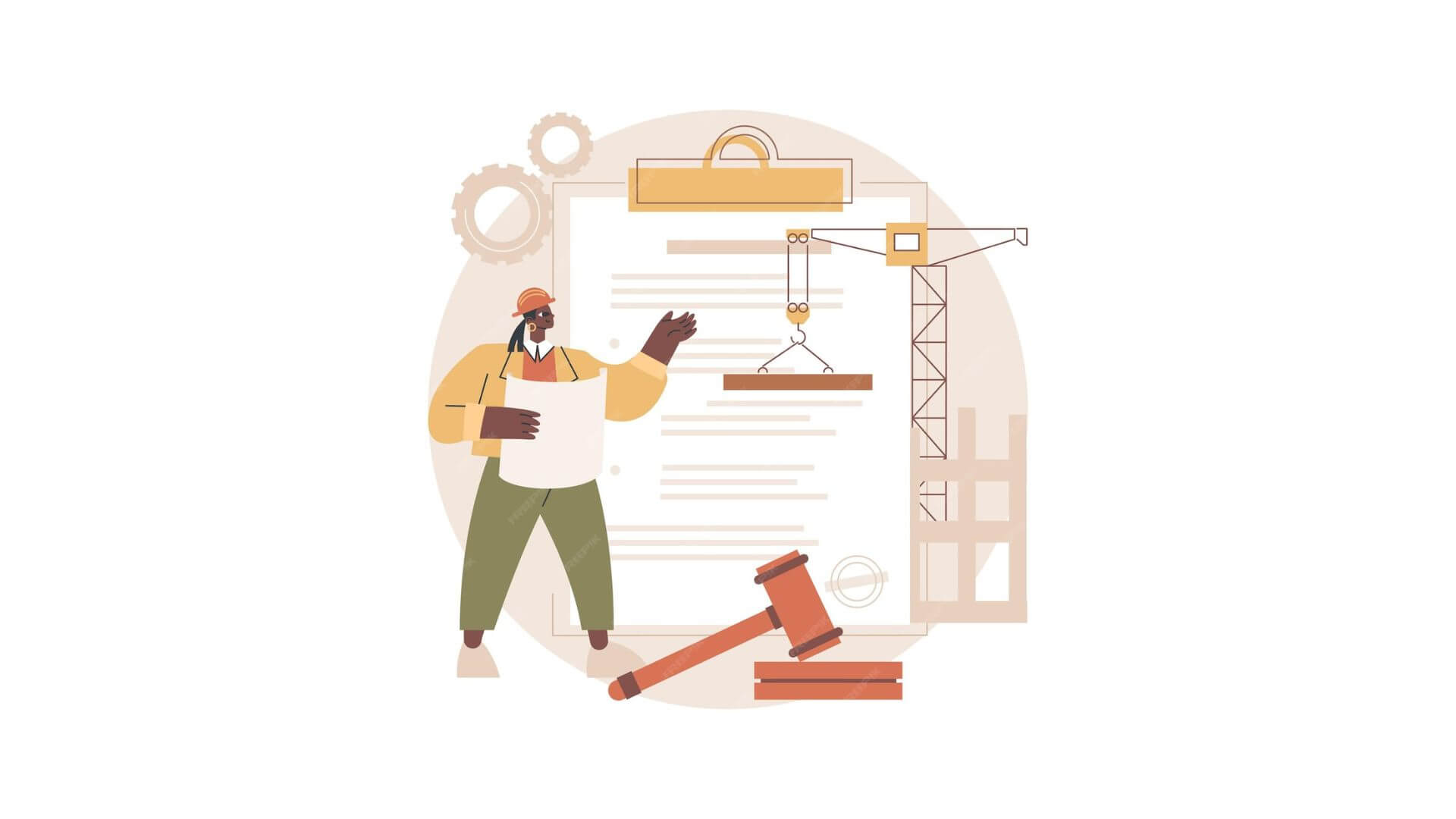Construction projects are typically long-term endeavors, often accompanied by uncertainties and complexities. Consequently, it’s challenging to anticipate all potential issues from the outset.
Surprisingly, some contractors and stakeholders don’t give much consideration to these conflicts and how to resolve them. In fact, a single negative legal encounter can underscore the significance of being mindful of these disputes.
To learn more, here are six of the most common contract disputes that may arise.
Contract Errors
Even if contracts are carefully planned, straightforward, and well-written, they can still have missing details. These omissions are common minor oversights that can be fixed by double-checking. But if they’re overlooked, they can disrupt a construction project.
One common mistake is not specifying whether a contract has a set price or is based on costs. This often occurs when parties involved skip the proper contract creation process and instead rely on purchase orders and estimates.
Another issue is misinterpreting the law. For example, some might try to alter the timing for liens or the percentage of money held back, only to later realize they’ve misunderstood the legal terms. These situations often end up in higher courts and may need more intricate solutions.
That’s why it’s in a client’s best interest to opt for renowned builders to ensure quality services. Tapping into local contractors is also recommended since they know local laws better than anyone else. Note that every country, sometimes city, has its way of sorting out disagreements.
For example, in Australia, they resolve construction disputes through mediation, arbitration, and litigation, while other countries may have other alternative dispute resolution (ADR). In this sense, it would be much better to seek professional help from quality home builders in Australia than other foreign organizations.
Differing Site Conditions
This dispute often arises when a contractor comes across a hidden condition at the site that significantly deviates from what was laid out in the contract or what was expected. This difference can potentially disrupt the project’s progress and increase costs.
These claims are called differing site conditions and are often related to subsurface conditions. For example, the construction site might find unexpected things like buried debris, surprise utility lines, rock formations, or a higher water level than anticipated.
Whether these differing conditions were foreseeable or reasonable is usually the key question. The courts typically decide whether the contractor took sensible steps to investigate the site’s condition and made realistic assumptions in their bid.
On-Site Changes
There are instances when adjustments are made on-site, even after the contract is made, or the construction is underway. For example, a contractor might propose a more budget-friendly approach, or the employer might want to upgrade materials to enhance the project.
Though these on-site changes generally bring positive outcomes to the construction work, they often bring up payment problems. Because money is involved, these alterations might not always follow the contract to the letter, which can lead to disagreements down the road.
Noncompliance with Contractual Obligations
Noncompliance happens when any party involved in a contract (an employer, a contractor, or a subcontractor) doesn’t meet their agreed-upon responsibilities. This disagreement can escalate from straining relationships to costly legal battles.
Besides focusing on the specific tasks in the contract, there are strategies to steer clear of this conflict. For example, it’s wise to avoid contracts that automatically renew or have indefinite terms because they can restrict flexibility and lead to unexpected costs. Additionally, establish a regular contract review process to ensure everyone sticks to the terms of the contract.
Delays
Most often, delays happen because there’s a breakdown in communication between the parties involved. It’s either because one party doesn’t meet the expectations of the other or the parties themselves find a way to sort these situations out.
However, there are times when disputes arising from delays end up in court, especially when the delays lead to a significant cost increase. These delays are usually divided into two categories: excusable and inexcusable. Excusable delays occur when they are beyond the control of the parties involved, while inexcusable delays happen when caused by the fault or neglect of any party involved.
Arbitrators usually settle these delay-related disputes by considering various factors. They look into what caused the delay, the implied responsibilities in the contract, and how the parties manage risks.
Project Complexity Issues
When a project is complicated, it’s crucial to conduct formal risk assessments before finalizing a contract. Yet, there are instances where some parties might neglect this step, leading to the potential for disaster and significant financial losses for everyone involved.
For example, if a risk assessment is only done partway through the construction process, it can lead to delays. If no risk assessment is performed at all, it can pose serious risks. The most dire situation one can envision is if the construction fails, resulting in a party being held responsible for injuries or even fatalities.
Final Thoughts
Construction disputes can be complicated affairs, often involving numerous parties. They tend to set off a domino effect, causing delays in every aspect of a construction project or, worse, legal issues. Hence, it’s always recommended to seek advice from legal experts to ensure a contract covers all potential situations that could impede the progress of your project.





